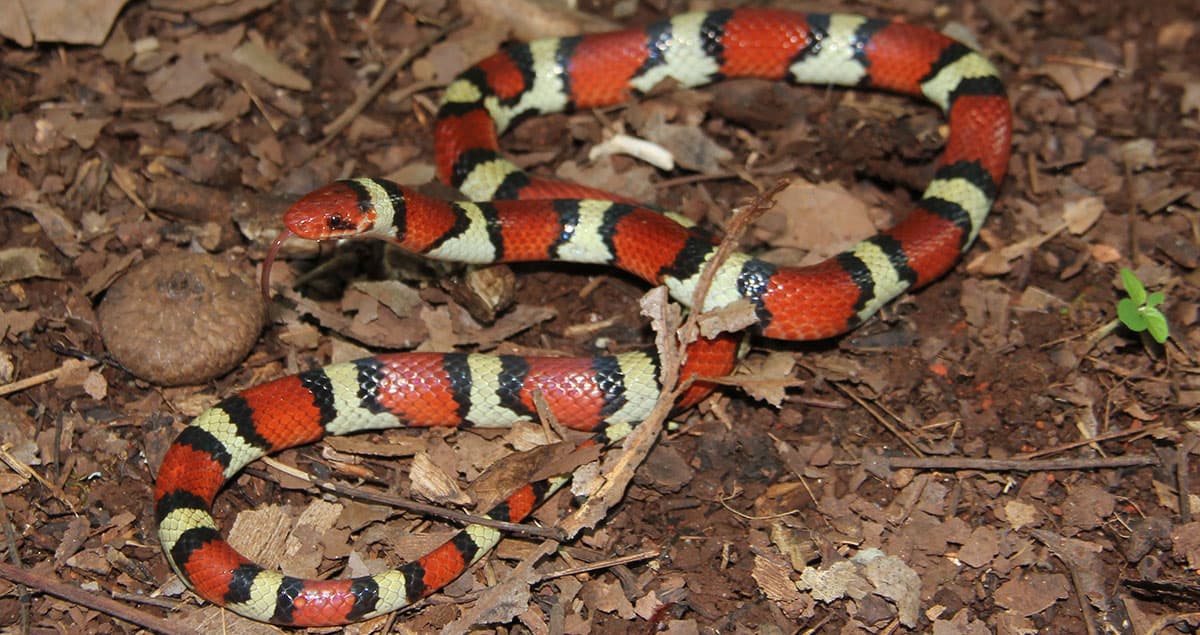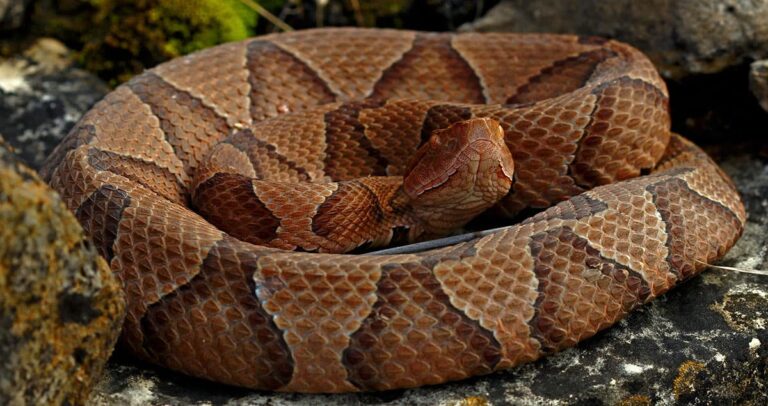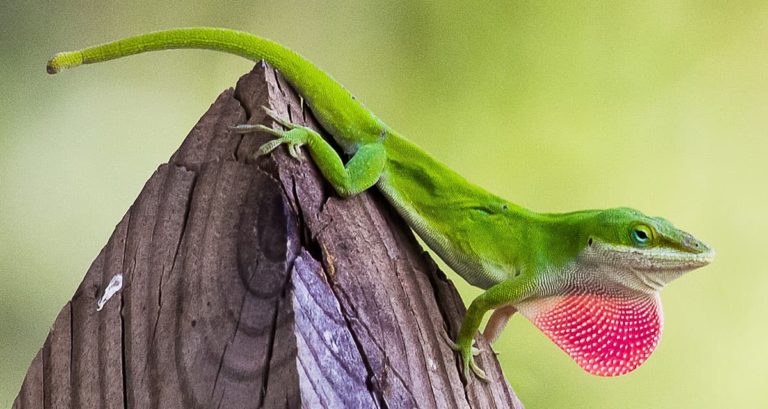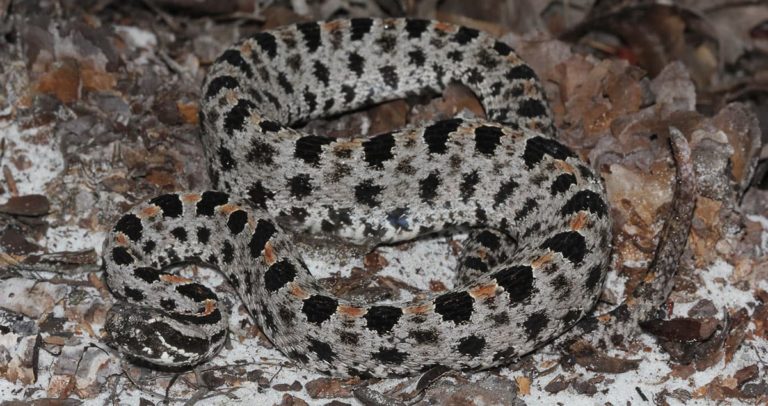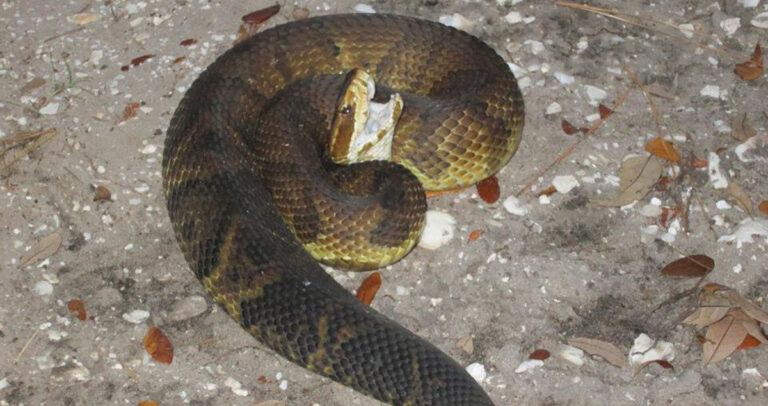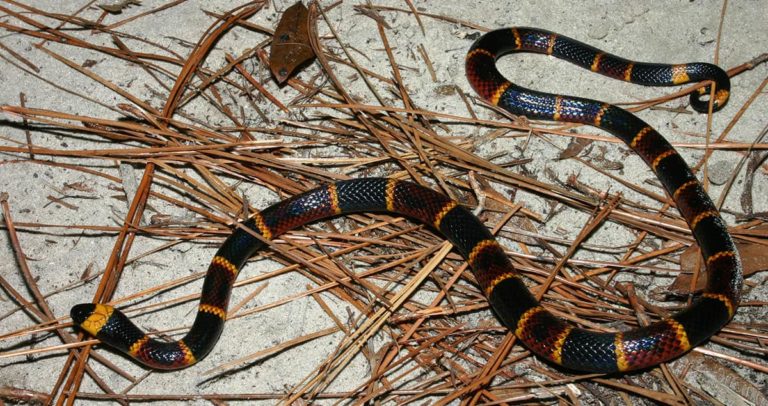Coral Snake Look-Alikes in Georgia
The Eastern coral snake (Micrurus fulvius) is a venomous snake native to Georgia, known for its distinctive red, yellow, and black bands. Due to their vibrant coloration, several non-venomous species in Georgia have evolved to mimic the coral snake’s appearance to deter predators. In this article, we will discuss these look-alike species, their similarities and differences, and how to differentiate them from the venomous coral snake.
Look-Alike Species in Georgia
Scarlet Kingsnake (Lampropeltis elapsoides)
The Scarlet kingsnake is one of the most common coral snake mimics found in Georgia. Though non-venomous, its coloration resembles that of the Eastern coral snake. Key differences to look for include:
- Red bands touch the black bands, not the yellow bands (“red touch black, friend of Jack”).
- Typically smaller than coral snakes, with an average length of 14-20 inches.
- Slightly wider head and more distinct neck than coral snakes.
- Round pupils, whereas coral snakes have smaller eyes with round pupils as well.
Scarlet Snake (Cemophora coccinea)
The Scarlet snake is another non-venomous species that closely resembles the Eastern coral snake. It can be differentiated by the following characteristics:
- Red bands touch the black bands, not the yellow bands.
- Nose is pointed, adapted for burrowing in search of prey.
- Smooth, glossy scales.
- Prefers sandy habitats, such as pine forests and coastal dunes.
Red Milksnake (Lampropeltis triangulum syspila)
The Red Milksnake is a subspecies of the Eastern milksnake that mimics the Eastern coral snake’s coloration. Although it’s not commonly found in Georgia, its range extends into the northern part of the state. Differences between the Red Milksnake and the coral snake include:
- Red bands touch the black bands, not the yellow bands.
- Irregular, saddle-shaped red bands that may not encircle the body entirely.
- Round pupils.
- Keeled scales, unlike the coral snake’s smooth scales.
Juvenile Eastern Hognose Snake (Heterodon platirhinos)
While adult Eastern hognose snakes have a different coloration, juvenile hognose snakes can resemble the coral snake, particularly in their red and black bands. Distinguishing features include:
- Yellow or cream-colored bands that are wider than the red bands, often blending into the black bands.
- Upturned, shovel-like snout.
- Round pupils.
- Keeled scales.
Identifying and Differentiating Coral Snakes
Color Pattern
The most reliable method for differentiating the Eastern coral snake from its look-alikes is to remember the phrase “red touch yellow, kill a fellow; red touch black, friend of Jack.” In coral snakes, red bands are always bordered by yellow bands, while in mimics, red bands touch black bands.
Head and Eye Characteristics
Coral snakes have a small, indistinct head with small eyes and round pupils. Look-alike species often have a slightly wider head, more distinct neck, or different pupil shape.
Scale Characteristics
The Eastern coral snake has smooth, glossy scales. In contrast, some mimics, such as the Red Milksnake and Eastern Hognose Snake, have keeled scales that are ridged down the center.
Final Thoughts
While several non-venomous snake species in Georgia mimic the appearance of the Eastern coral snake, understanding the differences between them can help you accurately identify each species. The key is to remember the color pattern, head and eye characteristics, and scale features that distinguish the venomous coral snake from its harmless look-alikes.
Remember to practice caution when observing snakes in the wild, and never attempt to handle or approach a snake that you cannot confidently identify. By respecting their space and admiring them from a distance, you can safely enjoy Georgia’s diverse snake species and appreciate the unique adaptations that help them survive in their native habitats.
Always be aware of your surroundings when exploring areas where venomous snakes may be present, and take necessary precautions to minimize the risk of encounters. Wear sturdy shoes and long pants, be cautious when stepping over logs or moving through leaf litter, and avoid reaching into hidden crevices or under rocks where snakes may be resting. By doing so, you can safely coexist with these fascinating reptiles while appreciating the beauty and diversity of Georgia’s wildlife.

